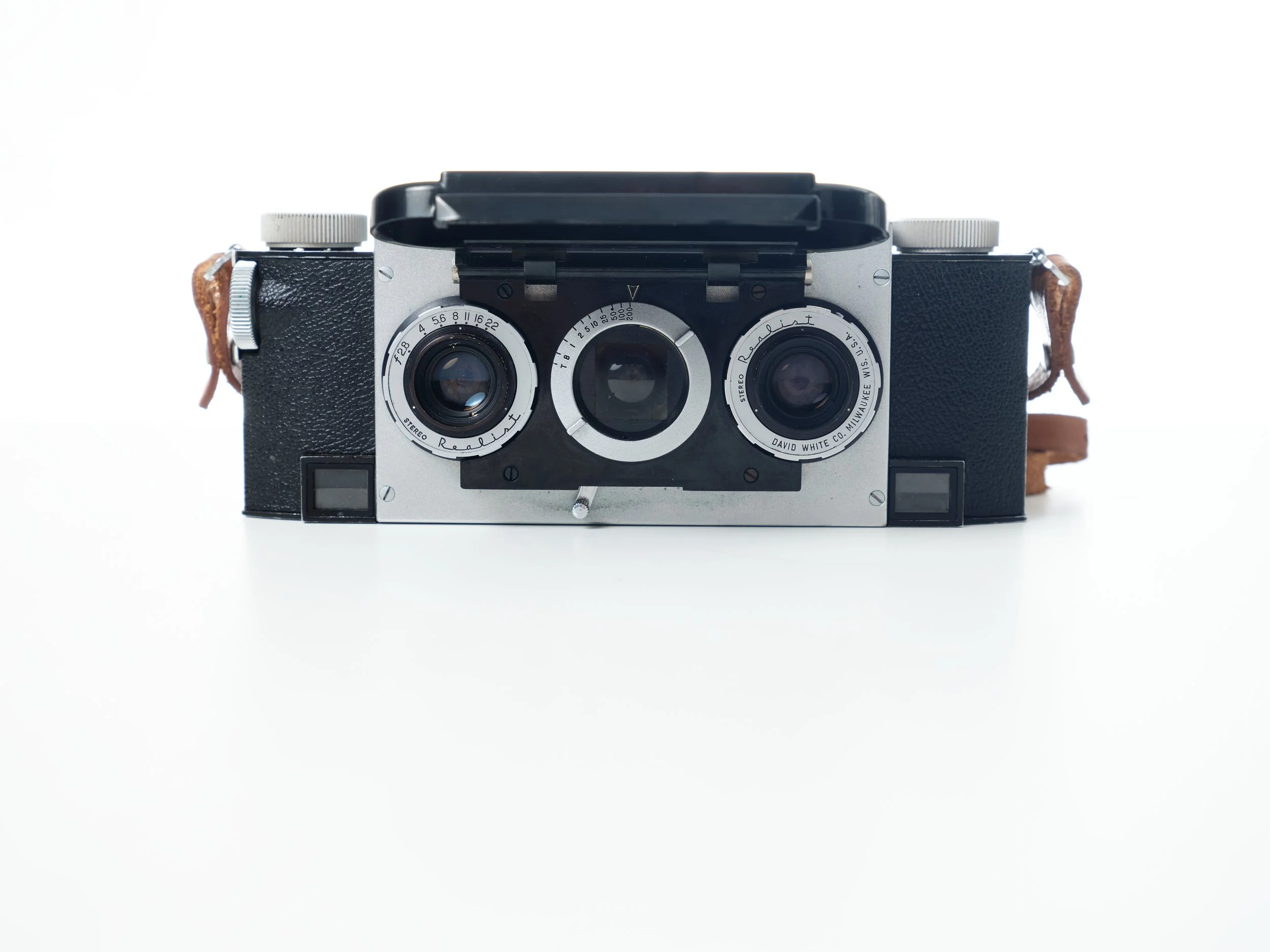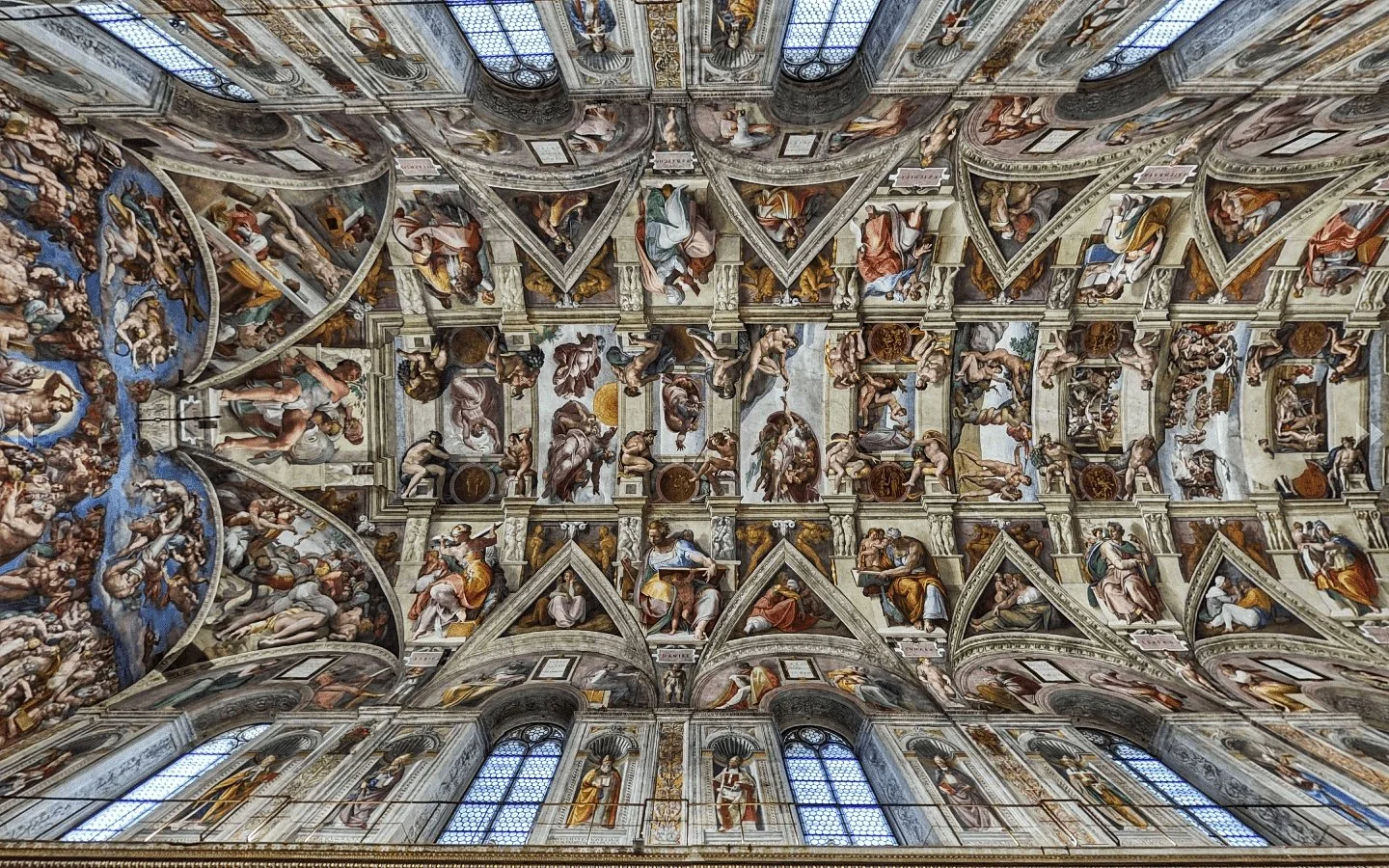FAQs
What is the difference between a stereograph and a monograph?
A stereograph is an image that is captured with 2 lenses with the intention of creating a 3D image. A monograph is a photograph taken with a single lens with the intention of creating a 2D image.
Wait, why not shoot both stereograph and monograph at the same time?
We do! We always shoot digital monographs which offer high-fidelity, pin-sharp images in parallel with film, which delivers romantic, dreamy stereographs.
What is the turnaround time on a stereo shoot?
Because every step of creating your images is done by hand, turnaround times are not guaranteed. Stereo photography involves capturing the images, processing the film into a digital format and mounting the images for stereo viewing. Our Victorian viewers are handmade
The format is amazing but your prices are outside of what I can afford right now.
Can you help me?
Stereo film photography is captivating, unique, and memorable. While our high quality, hand done process limits our ability to adjust prices, contact us, we may be able to find a way to work together.
You can learn about stereography and its unique features at the end of this page. If you have an interest in learning more about stereography, we run regular workshops around LA and would be happy to invite you to a session. If you have any questions about stereography, please contact us.


